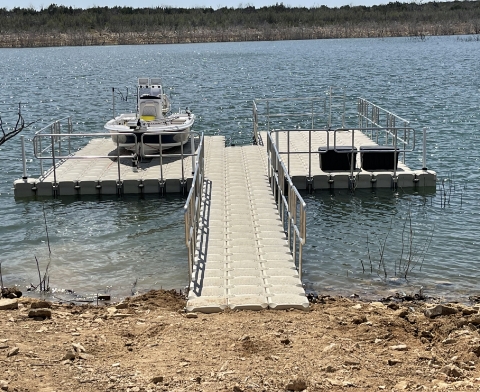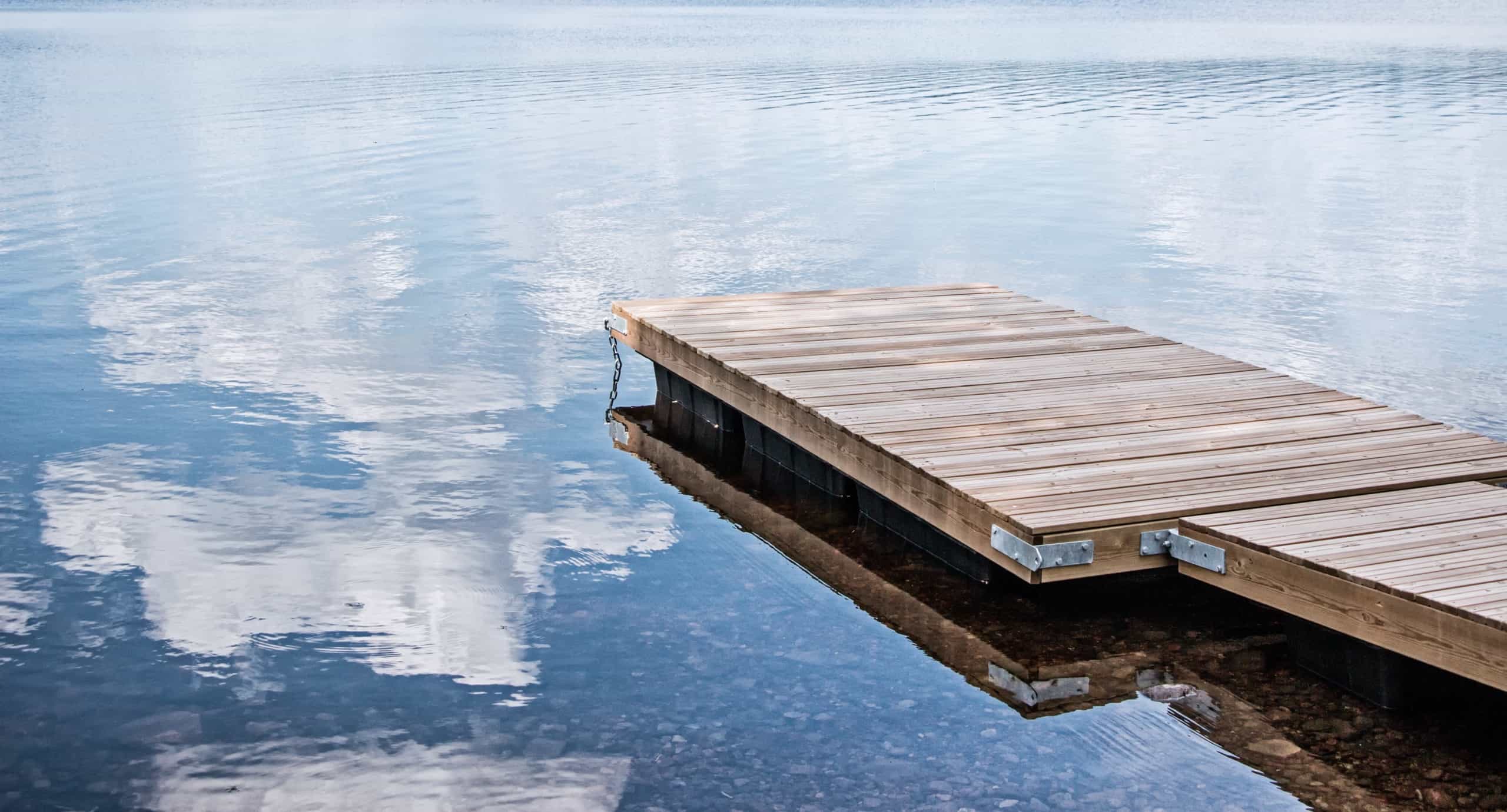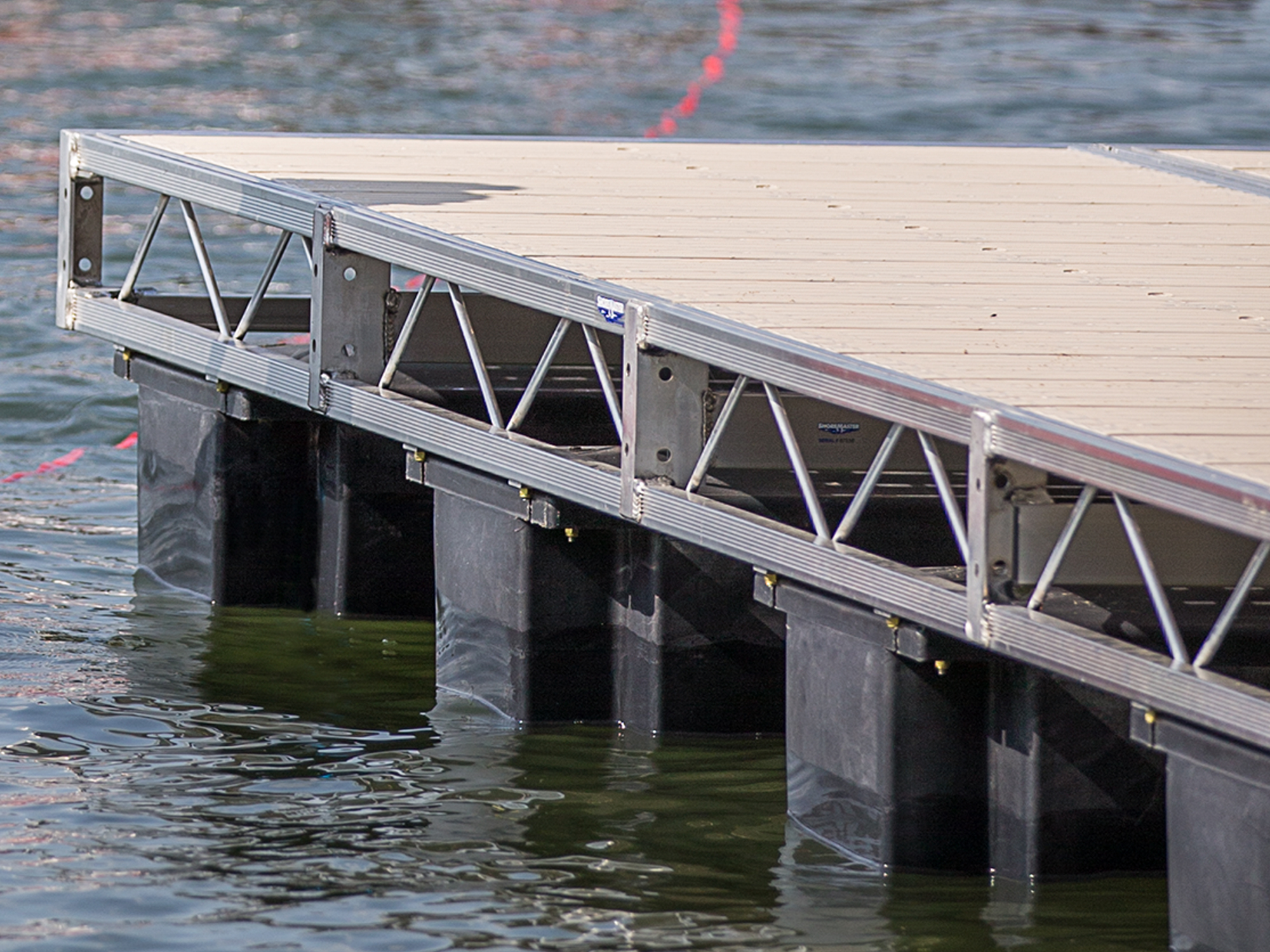Ingenious Floating Docks: The Future of Waterfront Gain Access To and Leisure
Ingenious Floating Docks: The Future of Waterfront Gain Access To and Leisure
Blog Article
Upgrade Your Beachfront With Sturdy Floating Docks
Upgrading your beachfront with long lasting floating docks can dramatically improve both functionality and aesthetic appeals, offering a versatile remedy for different water activities. These frameworks are developed to adjust to rising and falling water levels, making certain security and accessibility throughout the periods. With a series of products available, consisting of low-maintenance choices and conventional wood, choosing the right dock can match your personal design and meet sensible needs. Recognizing the nuances of installment and maintenance is vital for ensuring durability and efficiency. When making this investment?, what aspects should you consider.
Benefits of Floating Docks
Floating docks offer a multitude of benefits that enhance their allure for different maritime applications. Unlike conventional set docks, floating docks rise and autumn with the tide, making certain constant ease of access for watercrafts and watercraft no matter of environmental problems.
Furthermore, floating docks are easier to transfer and install, giving versatility for short-lived or seasonal usage. Their modular layout allows for modification to fit particular demands, whether for private marinas, household waterfronts, or business applications.
Furthermore, floating docks create very little disruption to the marine environment, protecting neighborhood ecosystems and minimizing the chance of erosion. They likewise supply boosted safety and stability for individuals, as their resilient nature offers a more forgiving surface than stiff frameworks.
Furthermore, floating docks can help with a varied series of tasks, such as angling, swimming, and recreational boating, making them an important possession for waterside advancement. Their convenience and usefulness make floating docks a recommended selection for a variety of maritime projects.
Choosing the Right Materials
Selecting suitable materials for floating docks is important to their durability, efficiency, and general efficiency. When selecting products, take into consideration elements such as environmental direct exposure, maintenance requirements, and structural honesty. Common materials include wood, plastic, aluminum, and composite choices, each offering unique advantages and downsides.
Wood, while aesthetically pleasing, requires regular upkeep to avoid rot and degeneration. Pressure-treated wood can enhance sturdiness, however it may still catch water damages with time. Plastic drifts, typically made from high-density polyethylene, are resistant to corrosion and call for marginal upkeep, making them an attractive selection for low-maintenance applications.
Light weight aluminum is one more viable alternative, understood for its stamina and light-weight residential or commercial properties. It is immune to corrosion and can endure harsh weather, although it may be a lot more costly than various other materials. Composite products combine the most effective attributes of wood and plastic, supplying a durable and low-maintenance option that mimics the look of timber without the associated drawbacks.
Eventually, the option of product must align with the planned use, ecological considerations, and spending plan restrictions, guaranteeing a durable and useful floating dock that satisfies your particular demands.
Installation Refine Introduction
The successful installment of a floating dock depends on cautious preparation and implementation, ensuring that it operates properly in its intended atmosphere. The very first step entails evaluating website problems, including water deepness, coastline functions, and dominating climate patterns, which will notify the dock layout and anchoring system.
Adhering to the site evaluation, the following stage is to prepare the floating dock components. This consists of constructing the frame, protecting floats, and affixing any kind of necessary hardware. It is vital to make certain that all visit this site right here links are robust and water-resistant to hold up against marine conditions.
Once the dock is put together, the setup procedure begins with placing the dock in the water. This can include a crane or various other training tools, especially for larger structures. Appropriate positioning is necessary for functionality and safety.

Maintenance Tips for Durability
Regular upkeep is vital for guaranteeing the long life and optimal efficiency of a floating dock. Visit This Link To attain this, begin with routine examinations at the very least twice a year, concentrating on the stability of the dock's framework, including the flotation protection devices and linking equipment. Search for indicators of damages, wear, or corrosion, and attend to any kind of issues immediately to avoid more wear and tear.
Cleansing is another vital facet of maintenance. Remove particles, algae, and barnacles from the dock's surface area to stop slippery conditions and keep visual appeal. Use a soft brush and a light detergent to avoid damaging the dock's materials.
Furthermore, make certain that the dock is properly anchored and protected to stand up to seasonal adjustments in water degrees and weather conditions. Check the anchoring system for stability and make modifications as needed.
Enhancing Your Outdoor Aesthetic
To create a visually appealing outdoor area, integrating a drifting dock can dramatically boost the total visual of your beachfront property. Floating docks are not only functional but can also function as a striking centerpiece that enhances the natural environments - floating dock services. Readily available in numerous products and styles, these docks can be customized to match your residential or commercial property's architectural design and landscape
The enhancement of attractive components, such as integrated lighting or stylish barriers, additionally raises the dock's visual appeal. Take into consideration utilizing natural wood coatings, which mix effortlessly with the atmosphere, or opting for modern products like light weight aluminum or composite decking that offer a sleek, modern appearance.
Tactically putting planters or seating areas on or around the dock can develop inviting rooms that motivate relaxation and enjoyment of waterside views. In addition, integrating colors and structures that harmonize with your landscape will certainly produce a natural aesthetic throughout your exterior area.

Verdict

Upgrading your beachfront with resilient floating docks can considerably boost both functionality and appearances, offering a flexible solution for different water tasks. Unlike traditional fixed docks, floating docks rise and autumn with the trend, making certain consistent availability for watercrafts and watercraft regardless of ecological problems.Picking appropriate materials for floating docks is essential to their longevity, performance, and general performance.As soon as the dock is assembled, the installation process begins with placing the dock in the water.In recap, floating docks offer numerous advantages, including versatility to water degree adjustments and a selection of product alternatives.
Report this page